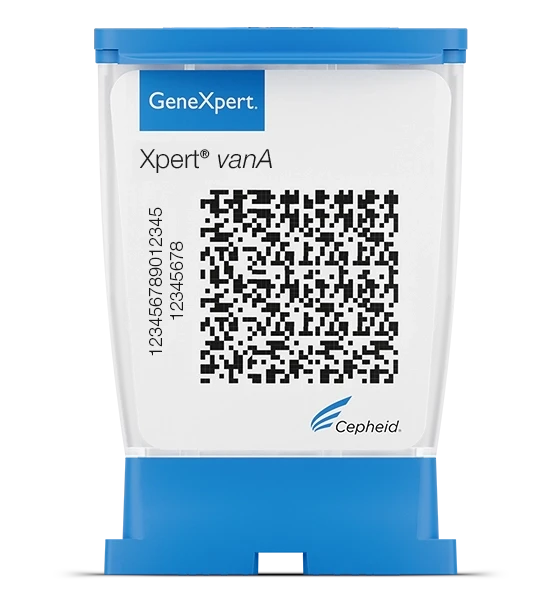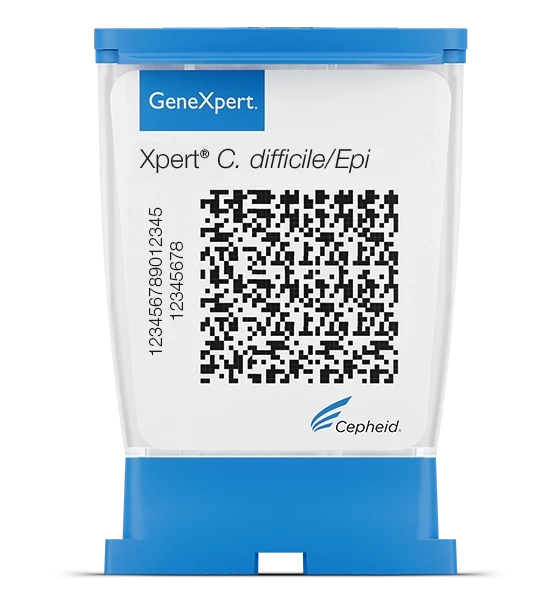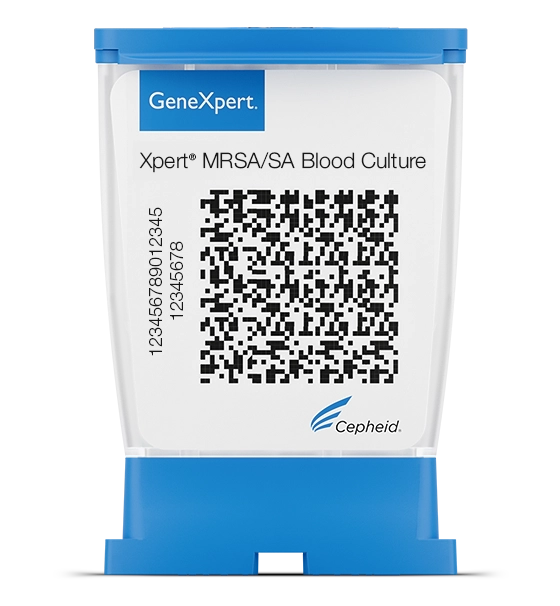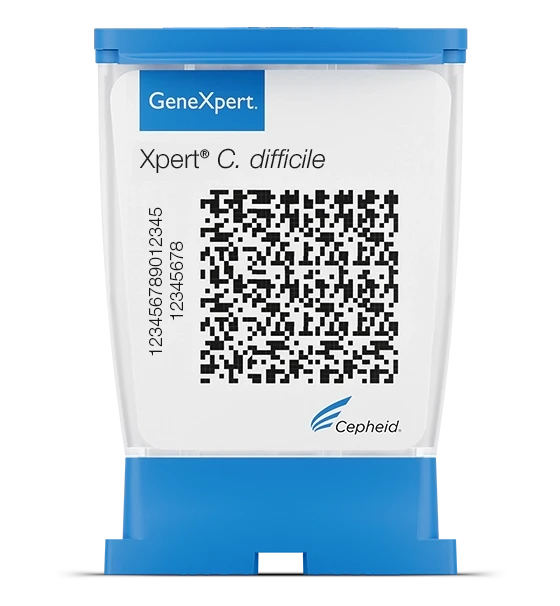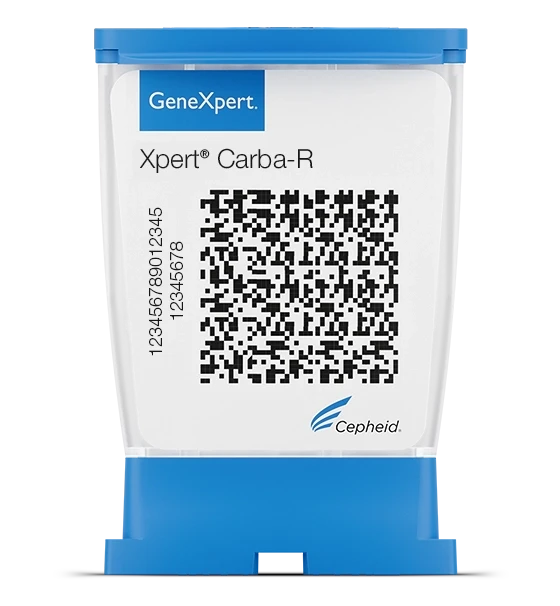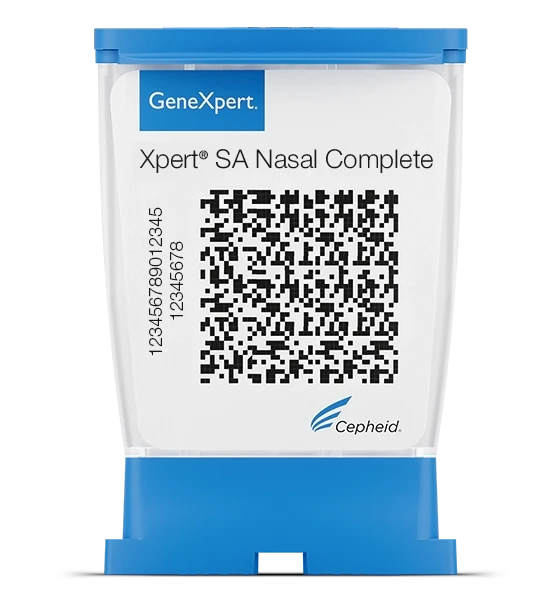

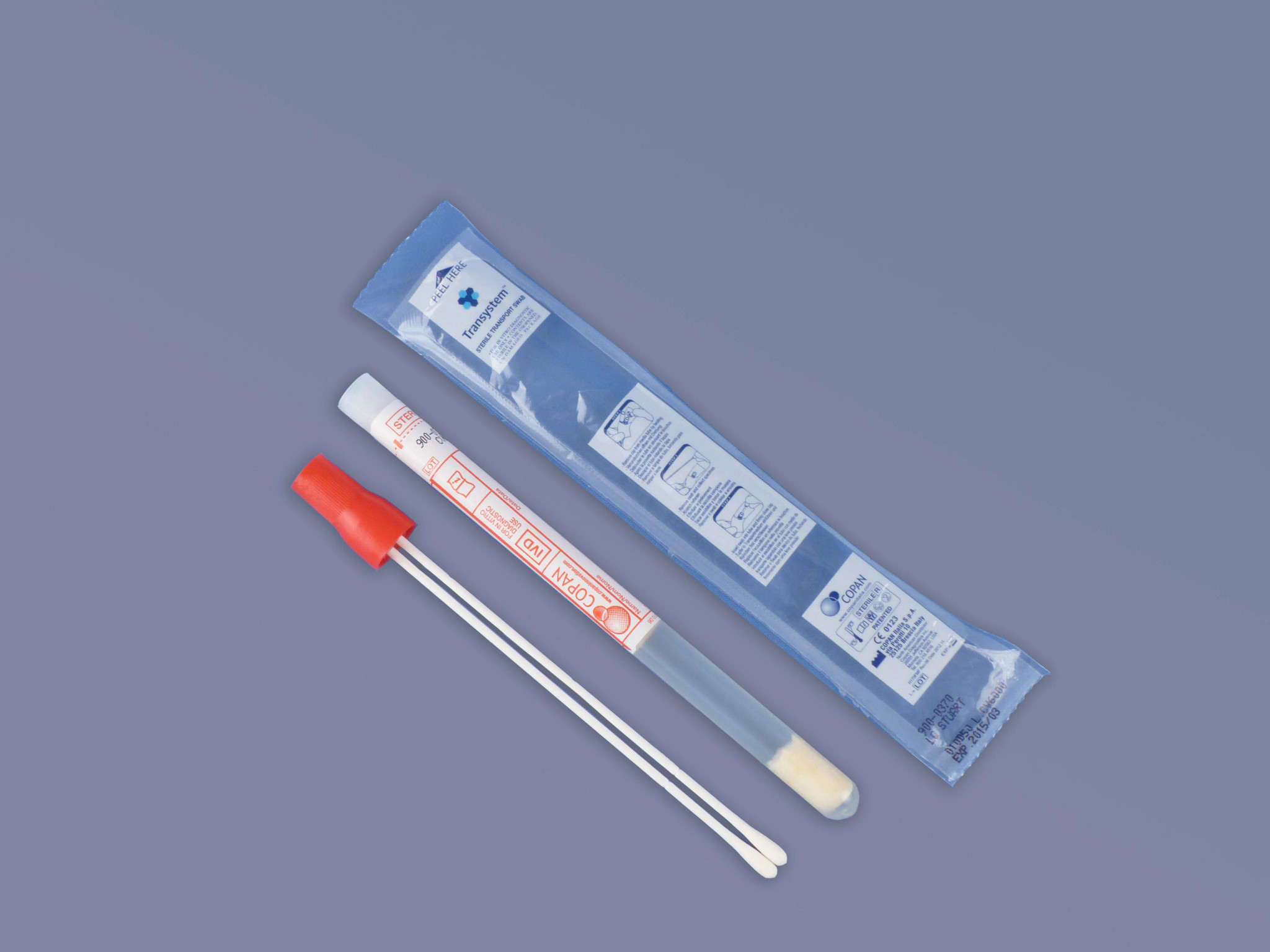
The Need
- Up to 30% of the population is asymptomatically colonized with S. aureus1
- S. aureus colonization can cause life-threatening surgical site infections or other infections in non-surgical patients that increase morbidity, mortality and healthcare costs1
- Perioperative therapeutic strategies vary depending on colonization of MRSA or MSSA2
2 Schweizer ML, Chiang H, Septimus E, et al. Association of a Bundled Intervention With Surgical Site Infections Among Patients Undergoing Cardiac, Hip, or Knee Surgery. JAMA. 2015;313(21):2162–2171. doi:10.1001/jama.2015.5387
The Solution
- Xpert SA Nasal Complete is a qualitative in vitro diagnostic test designed for rapid detection of S. aureus and methicillin-resistant S. aureus (MRSA) from nasal swabs in patients at risk for nasal colonization*
- Rapid identification of S. aureus nasal carriers followed by immediate implementation infection control strategies can reduce the number of surgical-site S. aureus infections acquired in the hospital by nearly 60%3
* Xpert SA Nasal Complete compared to Reference Culture: (Enriched Blood Agar). Refer to Package Insert 300-8799 Rev. H
The Impact
- Reliable and robust detection of S. aureus and MRSA aids in patient management4
- Rapid implementation of targeted control measures reduces healthcare costs5
- Minutes of hands-on time with results in about 1 hour on a random-access platform
5 Anderson, DJ. Clinical and Financial Outcomes Due to Methicillin Resistant Staphylococcus aureus Surgical Site Infection: A Multi-Center Matched Outcomes Study. PLOS One. 2009 Dec 15. Accessed May 2020. https://journals.plos.org/plosone/article?id=10.1371/journal.pone.0008305
Product Resources
Product Information
Package Inserts & MSDS
Frequently Asked Questions
Xpert SA Nasal Complete is a qualitative in vitro diagnostic test designed for rapid detection of Staphylococcus aureus (SA) and methicillin-resistant Staphylococcus aureus (MRSA) from nasal swabs in patients at risk for nasal colonization.1 The test utilizes automated real-time polymerase chain reaction (PCR) to detect MRSA/SA DNA.
Xpert SA Nasal Complete is intended to aid in the prevention and control of MRSA/SA infections in healthcare settings. The Xpert SA Nasal Complete test is not intended to diagnose, guide or monitor treatment for MRSA/SA infections, or provide results of susceptibility to methicillin. A negative result does not preclude MRSA/SA nasal colonization. Concomitant cultures are necessary to recover organisms for epidemiological typing or for further susceptibility testing. 1
Staphylococcus aureus (S. aureus) is a well-documented human pathogen that causes both community- and healthcare-associated infections. The infections range in severity from uncomplicated skin wounds to life-threatening illnesses including endocarditis, sepsis, and osteomyelitis. S. aureus continues to be a major cause of morbidity and mortality in a variety of healthcare institutions, including hospitals and long-term care facilities. 1
Nasal carriers of S. aureus are at increased risk for healthcare associated infections with this organism; overall, more than 80% of healthcare associated S. aureus infections can be traced to an endogenous source.2 More specifically, 20 to 30% of surgical-site infections are caused by S. aureus and over half of these arise from endogenous flora.3 S. aureus infections are usually acute and elicit a large inflammatory response.
If untreated, the infection may spread to surrounding tissue or the bloodstream, which may lead to infections in multiple organs. Some of the more serious infections produced by S. aureus are bacteremia, pneumonia, osteomyelitis, acute endocarditis, toxic shock syndrome, myocarditis, pericarditis, meningitis, chorioamnionitis, scalded skin syndrome, and abscesses of the muscle, urogenital tract, central nervous system, and various intra-abdominal organs.4
References:
1.Xpert® SA Nasal Complete Package Insert. Accessed 9/19/2024. https://www.cepheid.com/en-USntent/dam/www-cepheid-com/documents/package-insert-files/sa-nasal-complete-300-8799/Xpert%20SA%20Nasal%20Complete%20ENGLISH%20Package%20Insert%20300-8799%20Rev%20J.pdf
2.Bode LGM, Kluytmans JAJW, Wertheim HFL, et al. Preventing surgical-site infections in nasal carriers of Staphylococcus aureus. N Engl J Med. 2010;362(1):9-17
3.Wenzel, RP. Editorial: Minimizing Surgical-Site Infections. N Engl J Med. 2010;362(1):75-77
4.Bannerman TL. Chapter 28: Staphylococcus, Micrococcus, and Other Catalase-Positive Cocci that Grow Aerobically. Manual of Clinical Microbiology, 8th ed. ASM Press Washington, D.C. 2003; 384-404.




